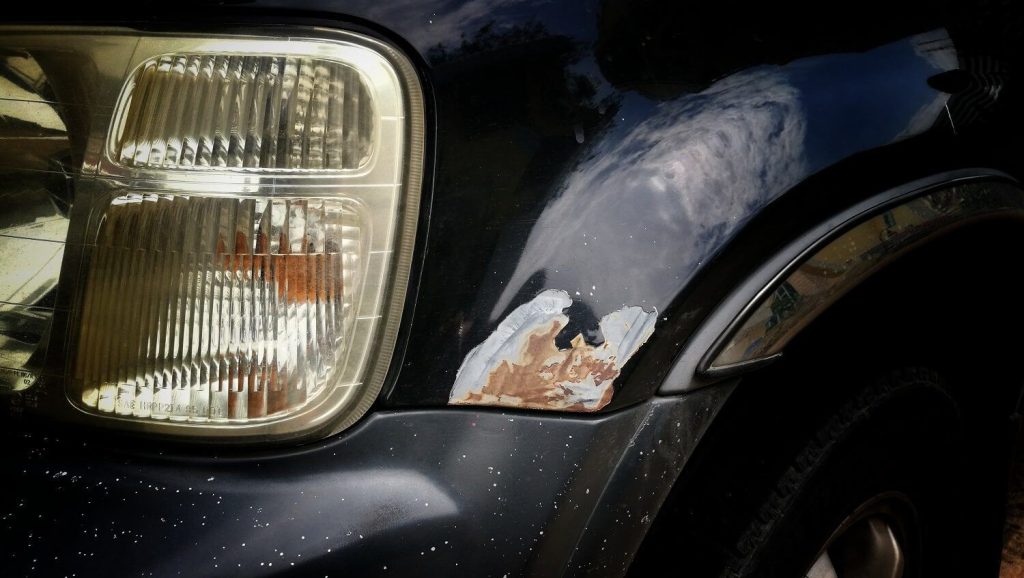Both need regular checkups. Without professional repairs from a qualified practitioner, both will end up turning brown and decay until it you can’t them any longer. On the other hand, both will last virtually forever if they get the attention they need.
But there’s one big difference between how you care for your car’s body and how you care for your teeth. While you visit a dentist every three or six months for a checkup and to repair any decay or damage, when’s the last time you took your car in for auto body checkup to do the same (other than if you had a collision)?
Toronto and the GTA have one of the harshest climates for a car (not to mention for us humans too!) Our relatively mild winters, where average January temperatures are just below freezing, means your car’s body is exposed to relatively damp conditions for a major part of each year. Throw in the salt that’s used to melt the ice and snow on our roads, and you have perfect conditions for rust to slowly consume the body panels and chassis of your car.
If our climate was any warmer or colder, the conditions wouldn’t be as ideal for rust to take hold.
The result is that a lot of cars that might otherwise have many years and thousands of kilometres of life left are sent to the scrap heap every year due to rusted out body panels, or frames that are weakened by rust.
Despite all those facts and evidence, very few car owners take the time to regularly have their car’s body and chassis regularly checked for corrosion and repaired as needed.
If you would like to start giving your car the care and attention it needs so it can deliver many more years of driving, here are just a few times when it’s a good idea to have it inspected for signs of rust and corrosion.
1. IN THE SPRING
Considering how tough our winters are on your car’s metallic structure, it’s a good idea to have it inspected for rust in the spring. Fortunately, rust doesn’t do its dirty work very quickly. The earlier you identify and address problem areas, the less damage there will be. The down side of rust’s slow ways is that it usually ends up gnawing away invisibly, until you see the tell-tale signs, like bubbling body paint or small rust spots.
2. AFTER A ‘DING’
Many drivers don’t bother checking minor dents and scratches. Your car’s body is an assembly of many different parts. Even a slight strike to one part of your car could affect another, unseen part. And just about any scratch can become ‘infected’ with rust and turn into major corrosion.
3. YOU NOTICE A RUST SPOT
Because rust is so common in our climate, when we see a spot of rust, we accept it as a normal occurrence. But the smallest spot of rust can be the tip of an iceberg of corrosion. The rust spot removers you can find at automotive centres will cover up the spot you see, but they will not necessarily get rid of the problem. Yes, the rust spot may be isolated if it was caused by a stone chip or small scratch, but rust repair kits may not protect your car’s body after you remove the spot. So the area around the spot becomes a weak point on your car’s body where rust has a higher chance of taking hold.
You’ve made a major investment in your automobile. If for no other reason, get your car regularly checked for rust so you can protect that investment and get more value from it. Call us here Leon’s Auto Body to learn more and keep your car looking like new.

